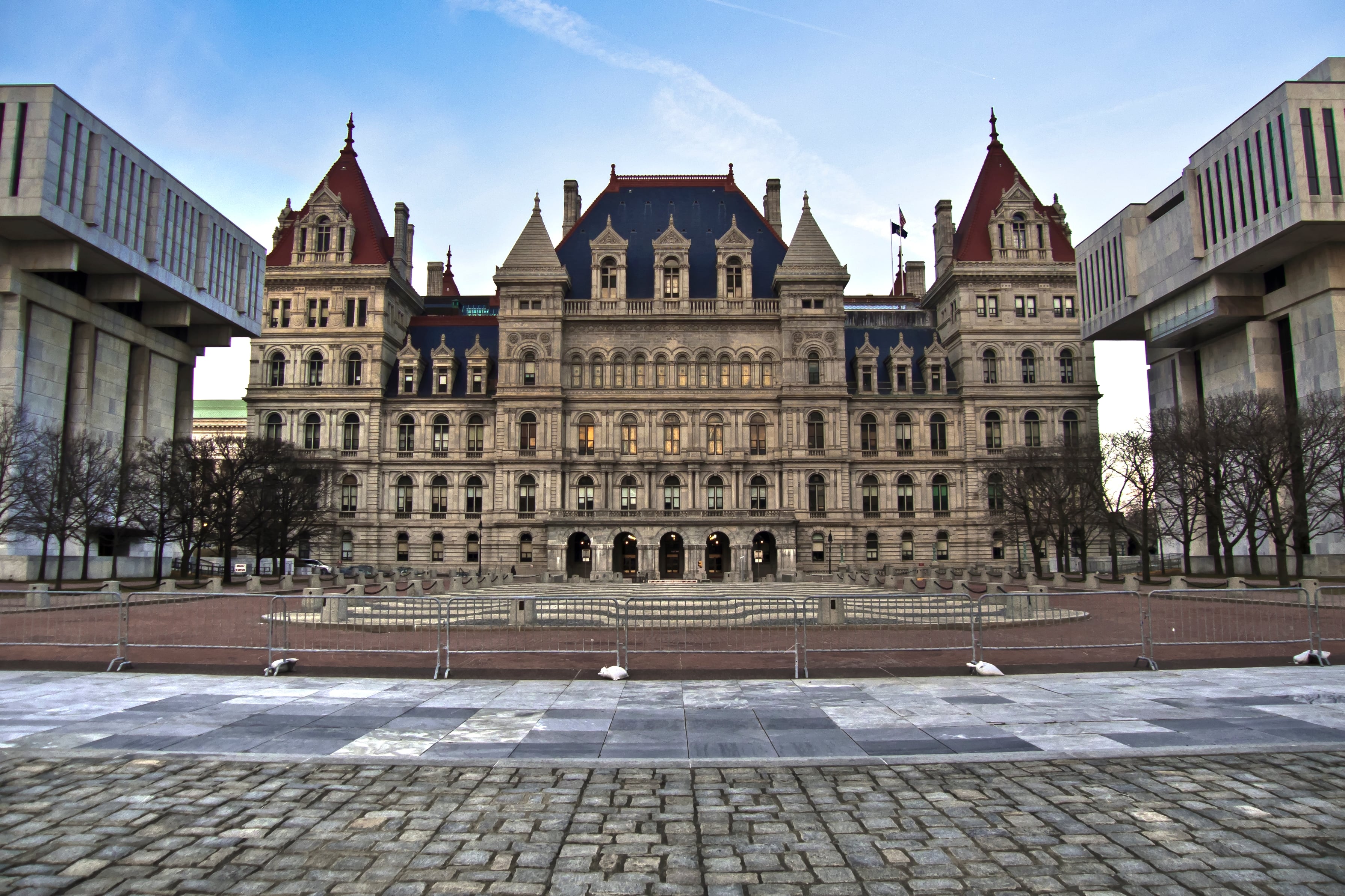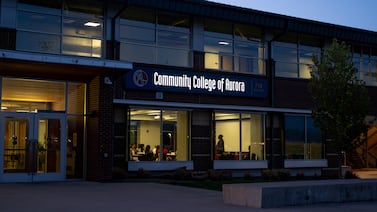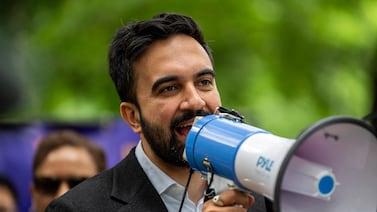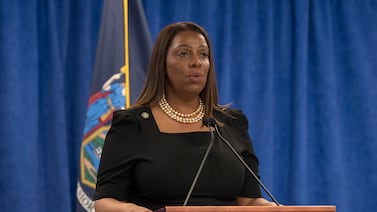Chalkbeat is a nonprofit news organization covering public education in communities across America. Sign up for Chalkbeat New York’s free daily newsletter to keep up with NYC’s public schools.
After a four-year halt on new charter schools in New York City, state lawmakers have reached a deal to open 14 “zombie” charters.
The deal, struck Wednesday night between Gov. Kathy Hochul and Democratic leaders, would allow charter school operators to open 14 zombies — schools that closed or were never opened. Additionally, the state would cover rent for these schools, relieving New York City of the cost, said state Sen. John Liu, who is the chair of the state senate’s New York City education committee.
Since the city is required to pay rent for charter schools, this deal would leave little incentive for the city to co-locate these zombie charters with traditional public schools. Such co-locations often drum up opposition from the public and the schools involved.
The deal is not yet law; it is expected to be part of the state’s final budget approval, which is now 27 days late. The governor’s office did not respond to requests for comment.
The state education department and the SUNY Charter Schools Institute have the authority to award charters to prospective operators in New York. Spokespeople for both said they needed to review the final proposal.
SUNY approved charters for six schools in 2019 that couldn’t open because the city had reached a state-imposed cap on charter schools in the five boroughs, said spokesperson Michael Lesczinski. If the deal goes through, SUNY would open a new request for proposals for newly available charters. While those six already-approved schools would have to submit updated materials including “budgets and evidence of ongoing community outreach, support and demand,” they would be first in line for consideration, Lesczinski said.
“I’m glad that the governor and the legislature were able to find some common ground on this,” said Arthur Samuels, who co-founded MESA Charter High School in Bushwick. The organization won pre-approval in 2019 to open a second high school in Brooklyn, but were blocked by the charter cap.
While overall enrollment in the charter sector has increased, many individual schools, including some of the biggest networks, are logging fewer students — meaning that opening more charter schools could lead to smaller budgets or even closures among traditional district schools and existing charters alike.
But Samuels said he will move to open a second school if possible and is waiting for guidance about how the approval process will work.
“There is a demand for the type of education we’re offering, which is responsive and community-centric,” he said. “We see that as something that people want even as the number of school-age children in the city declines.”
Hochul’s push for more charter schools in New York City emerged as one of the last items holding up the overdue state budget — and her keen interest puzzled many following the issue, given the significant opposition she has faced from the start. Her pitch, which was part of her budget proposal in January, came four years after the city hit the charter cap. At the time, a handful of charter operators were approved to open schools if the cap was ever increased, including the six by SUNY.
At first Hochul’s original proposal, which could have allowed more than 100 charter schools to open in New York City, seemed dead on arrival. It drew immediate backlash from Democratic lawmakers, unions, and advocates, who argued that city resources should be spent on traditional public schools, which are seeing enrollment declines and are still facing pandemic-related challenges.
Hochul has argued that she wants more school choice for parents, particularly those who are on waitlists for charters. She has also received campaign contributions from supporters of charter schools, and indirect support from former Mayor Michael Bloomberg, the New York Times reported last month.
Hochul has also received donations from teachers and principals unions, which have strongly opposed the expansion of charter schools. In a statement, Michael Mulgrew, president of the city teachers union, accused Hochul of listening “to the demands of a handful of billionaires,” despite the charter sector’s enrollment challenges.
Last month, the state Senate and Assembly formally rejected the proposal in their response to Hochul’s budget plan, and even three weeks ago, the topic wasn’t a part of budget negotiations, according to multiple state lawmakers, who said the focus was on other hot issues, such as bail reform.
But this week, Hochul presented Democrats with a compromise: allow just the 22 existing zombie charters to open. Liu opposed that plan, too, largely because several of those charters were issued outside of New York City but would have been allowed to open within the five boroughs.
But on Thursday, Liu said he agreed to this latest deal because the 14 zombie charters in question all exist in New York City, and it would not involve lifting the charter cap.
“The firm agreement is no increase or no elimination of the New York City cap, which is clearly the right policy going forward because you have to strike the balance between the desire for some charter choice and the need for the city to keep public schools open,” Liu said.
In a statement, City Hall spokesperson Amaris Cockfield said, “As all New Yorkers, we are still awaiting final budget details, but we always appreciate and welcome Albany’s support to meet the needs of New York City’s children and families.”
Charter school advocates applauded the deal, which is significantly pared down from what Hochul originally proposed.
“[Hochul] understands that having both a strong and growing charter sector makes all of our public schools stronger and better able to meet the complex needs of our students and families,” said James Merriman, CEO of the New York City Charter School Center, in a statement. “For years, leaders, including many of color, have been on hold to open innovative new schools in NYC communities – this deal will finally allow 14 of them to open their doors.”
Crystal McQueen-Taylor, president of StudentsFirstNY, said in a statement that “the Governor’s tenacity and persistence made all the difference.”
But not everyone was pleased. Eva Moskowitz, the founder and CEO of Success Academy, the city’s largest charter network, called the deal a “travesty,” in a statement. Albany has “bargained away … access to high-quality schools,” for low-income students of color since the deal would open just 14 schools, she said.
Alex Zimmerman contributed.






